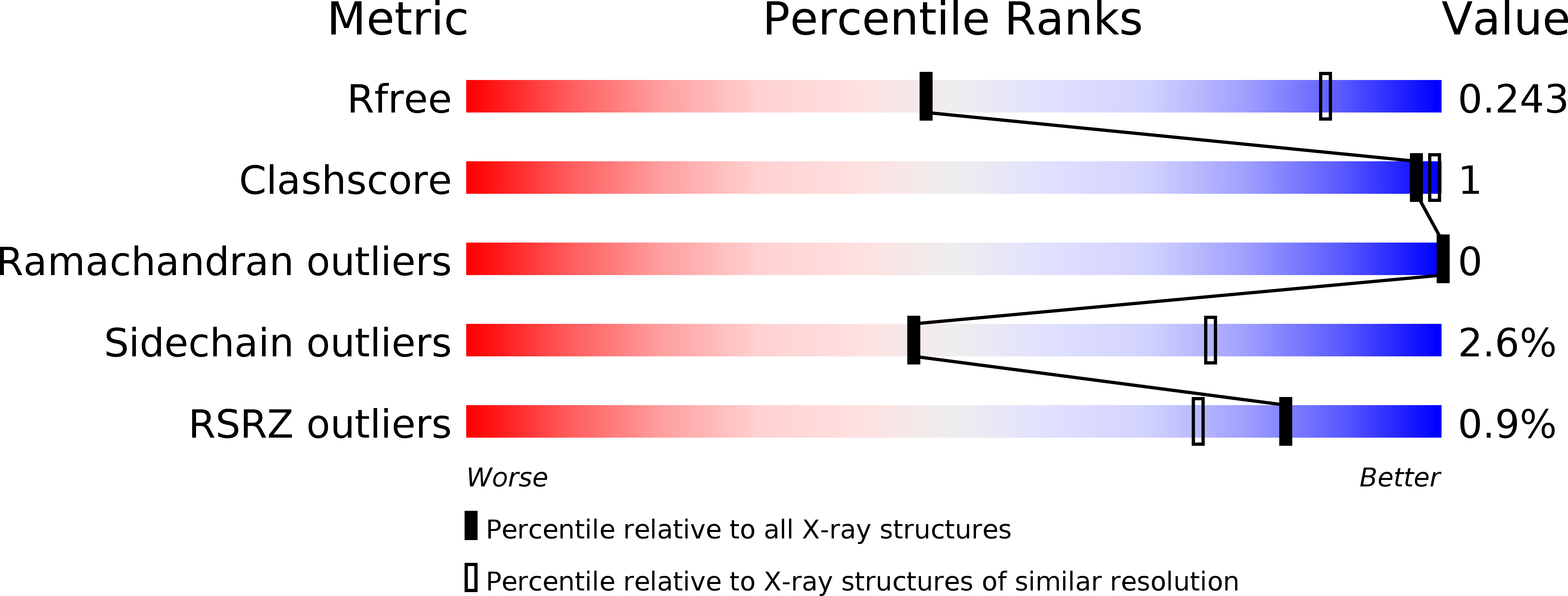
Deposition Date
2016-11-14
Release Date
2018-03-14
Last Version Date
2024-11-20
Method Details:
Experimental Method:
Resolution:
3.20 Å
R-Value Free:
0.24
R-Value Work:
0.21
R-Value Observed:
0.21
Space Group:
P 65 2 2


